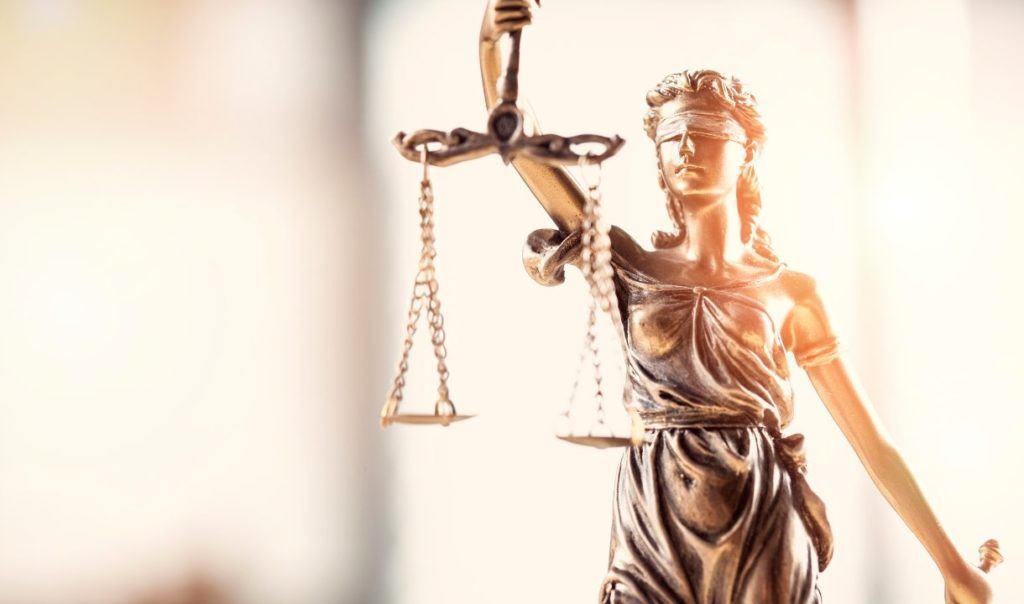The personification of justice balancing the scales dates back to the ancient Egyptian goddess Maat. [1] Lady Justice is the embodiment of divine order, law, and custom. She is most often seen with a set of scales, upon which she measures the weight of a case’s evidence.
Within the justice system, and philosophy in general, we have a concept called ‘burden of proof’. When two parties are in a discussion and one makes a claim that the other disputes, the one who makes the claim typically has a burden of proof to justify or substantiate that claim.[2] It’s a long-held concept in philosophy and law. The sixth-century Digest of Justinian provides, as a general rule of evidence “Proof lies on him who asserts, not on him who denies”.[3] This is largely why we are considered innocent until proven guilty in our criminal justice system. The state (prosecution) holds the burden to prove the criminal allegations they have made against the defendant.[4]
In American law there are different levels of proof required to win a case; a specific weight of evidence if you will. Civil courts operate on a “Preponderance of Evidence”, or more likely than not, whereas criminal courts require more weight with the standard of proof being “beyond a reasonable doubt”. [5]
Much of law has the appearance of being cut and dry, black and white. However, when taking into consideration the vast variability of situations, and the dynamic circumstances we face every day, we learn that the law can be applied in different ways to a multitude of scenarios. Courts have long disputed whether to enforce the letter of the law or the spirit of the law and it sways from case to case. This is why case law (court precedence) exists, and why the spirit and purposes of the law is to be considered as well as the letter of the law. Unfortunately, this makes some laws, and their application and enforcement, to be more gray than it appeared at first glance.
As self-defenders, we want our conduct to be as heavy with morality, justice, lawfulness, and righteousness as we possibly can. We want to avoid the appearance of lawlessness or malice as much as possible, so that when that day comes in court, the scales are without a doubt on our side. We don’t want to stray too close to the line and settle with a ‘could be justified’, or ‘might prevail in court’. Some actions may not be explicitly unlawful, but also would not help our case in court and could even hurt it. We want our actions to be obviously justified, where there is no doubt that we did the lawful, moral thing.
PREVIOUS: The Moral Right to Self Defense > CURRENT: The Scales of Justice > NEXT: Self Defense in Arizona
*This is provided as a Legal Information Resource and should not be treated as legal advice.
1 . Appendix D: Legal Symbols of the Anglo-American Legal Tradition”. The Guide to American Law : Everyone’s Legal Encyclopedia. 11. West Publishing Company. St. Paul [Minn.]: West Pub. Co. 1983. p. 687
2 . Cargile, James (January 1997). “On the burden of proof”. Philosophy. Cambridge University Press.
3 . Watson, Alan, ed. (1998) [1985]. “22.3.2”. The Digest of Justinian. Philadelphia: University of Pennsylvania Press.
4 . Coffin v. United States, 156 U.S. 432 (1895)
5 . Criminal Law – Cases and Materials, 7th ed. 2012, Wolters Kluwer Law & Business; John Kaplan, Robert Weisberg, Guyora Binder.

